Having spent over a decade in the plastics and elastomer industry, working closely with material formulations and product development, I’ve tackled countless challenges related to enhancing the aesthetics and performance of thermoplastic elastomers (TPE). One question that frequently comes up from manufacturers and designers is which whitening agents are best suited for TPE materials to achieve a bright, clean, and consistent white appearance. Whether you’re producing medical devices, consumer goods, or automotive components, getting the right whitening agent can make or break your product’s visual appeal and market success. In this article, I’ll share my hands-on experience and insights to guide you through selecting the appropriate whitening agent models for TPE, covering their types, compatibility, application methods, and practical tips to avoid common pitfalls.
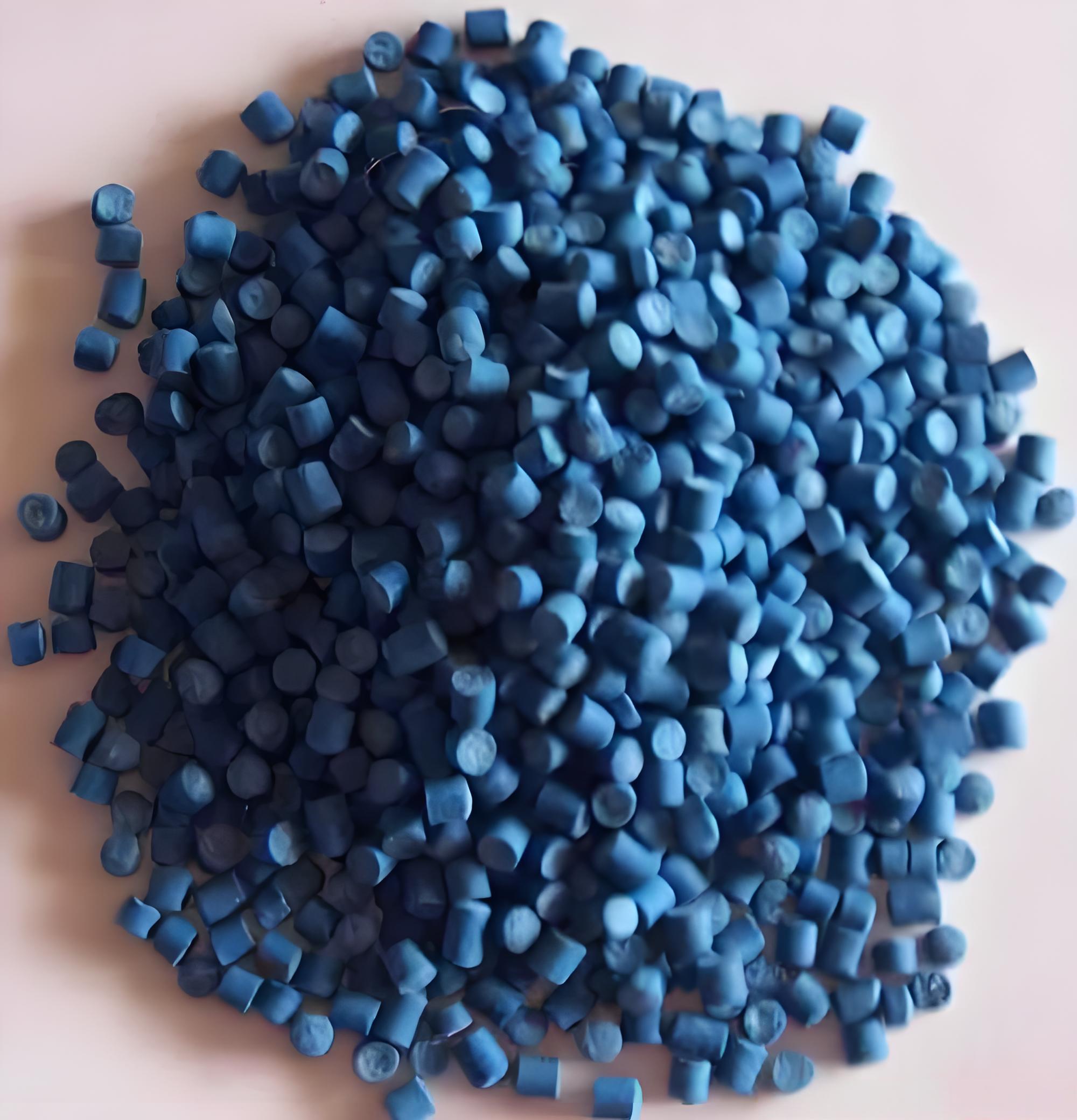
Why Use Whitening Agents in TPE Materials?
TPEs are versatile polymers known for their rubber-like flexibility, soft-touch feel, and processability, making them popular in applications like grips, seals, wearable bands, and medical tubing. However, raw TPEs often have a yellowish or translucent tint, especially after processing or exposure to heat, UV light, or aging. This can be a dealbreaker for products requiring a bright white or opaque appearance, such as white medical devices, cosmetic packaging, or household appliances.
Whitening agents, also called optical brighteners or fluorescent whitening agents (FWAs), are additives that absorb UV light and re-emit it as visible blue light, enhancing the material’s whiteness and brightness. They’re essential for achieving a clean, vibrant look in TPE products, but choosing the right model is critical to avoid issues like discoloration, migration, or processing instability. I once helped a client producing white TPE yoga mats who struggled with a dull, uneven finish. Switching to a compatible whitening agent transformed their product’s appearance, boosting customer satisfaction.
Let’s dive into the specifics of selecting whitening agents for TPE, starting with the types available and their suitability.
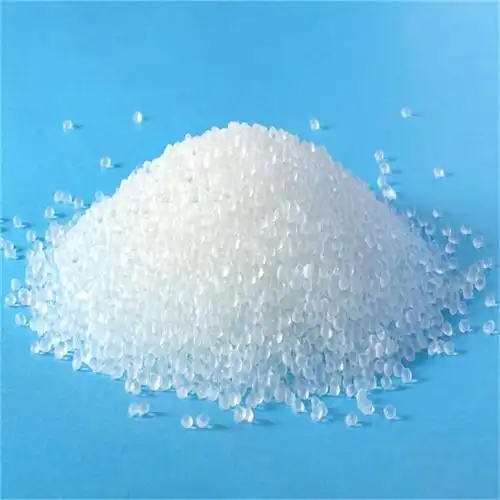
Types of Whitening Agents for TPE
There are several whitening agent models used in plastics and elastomers, but not all are ideal for TPE due to its unique chemical structure and processing conditions. Based on my experience, here are the main types and their relevance to TPE:
1. Fluorescent Whitening Agents (FWAs)
FWAs are the most common whitening agents, widely used for their ability to enhance brightness and whiteness. They work by converting UV light into blue light, masking any yellowish tints. Popular FWA models for TPE include:
OB-1 (2,2’-(1,2-Ethenediyldi-4,1-phenylene)bisbenzoxazole): A high-performance FWA with excellent heat stability, suitable for TPEs processed at 180–220°C.
OB (4,4’-Bis(2-benzoxazolyl)stilbene): Offers good whiteness but lower thermal stability, better for low-temperature TPEs.
CBS-X: A water-soluble FWA, less common for TPE but used in extruded profiles or compounded blends requiring high brightness.
FWAs are effective for styrenic TPEs (SBCs) and thermoplastic polyurethanes (TPUs) but may require compatibilizers for thermoplastic vulcanizates (TPVs) due to their PP-based matrix.
2. Titanium Dioxide (TiO2)
TiO2 is a white pigment that provides opacity and whiteness by reflecting light across the visible spectrum. It’s not a true optical brightener but is often combined with FWAs for TPEs needing a solid white color. Key TiO2 grades include:
Rutile TiO2: Preferred for TPE due to its high opacity, UV resistance, and durability. Brands like DuPont Ti-Pure R-105 or Kronos 2220 are popular.
Anatase TiO2: Less UV-resistant, used in indoor applications like white seals or grips.
TiO2 is compatible with most TPEs but can affect flexibility at high loadings (e.g., >10%).
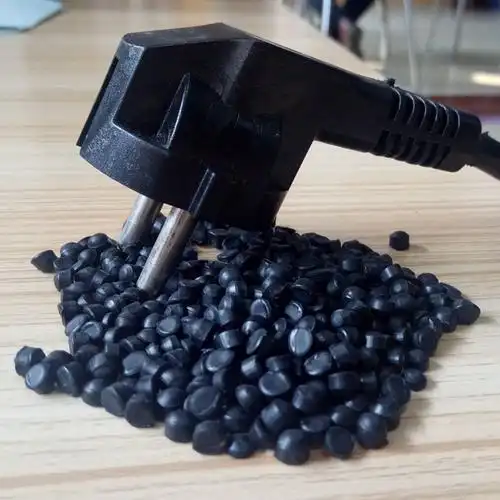
3. Other Pigments and Additives
Zinc Sulfide (ZnS): A less common whitening agent with lower opacity than TiO2, used in translucent TPEs where a subtle white effect is needed.
Calcium Carbonate (CaCO3): Sometimes used as a filler to enhance whiteness, but it’s less effective and can compromise mechanical properties at high levels.
Blue Toners: Added in trace amounts to counteract yellowing, often combined with FWAs or TiO2 for a cleaner white.
I’ve found that combining OB-1 with rutile TiO2 is a go-to solution for most white TPE applications, balancing brightness, opacity, and cost.
Factors to Consider When Choosing a Whitening Agent for TPE
Selecting the right whitening agent for TPE isn’t just about picking a model—it’s about matching the additive to your material, process, and end-use requirements. Here’s what I’ve learned to prioritize:
1. TPE Type and Compatibility
Different TPEs—SBCs, TPUs, TPVs, or TPOs—have unique chemical compositions that affect whitening agent performance:
SBCs: Compatible with most FWAs like OB-1 due to their styrenic structure.
TPUs: Require heat-stable FWAs like OB-1 or CBS-X to withstand higher processing temperatures.
TPVs: Need PP-compatible agents (e.g., OB-1 with TiO2) because of their PP matrix.
TPOs: Work well with TiO2 and OB but may need compatibilizers for uniform dispersion.
I once worked with a client using TPU for white medical tubing. They initially used an incompatible FWA that migrated to the surface, causing blooming. Switching to OB-1 solved the issue.
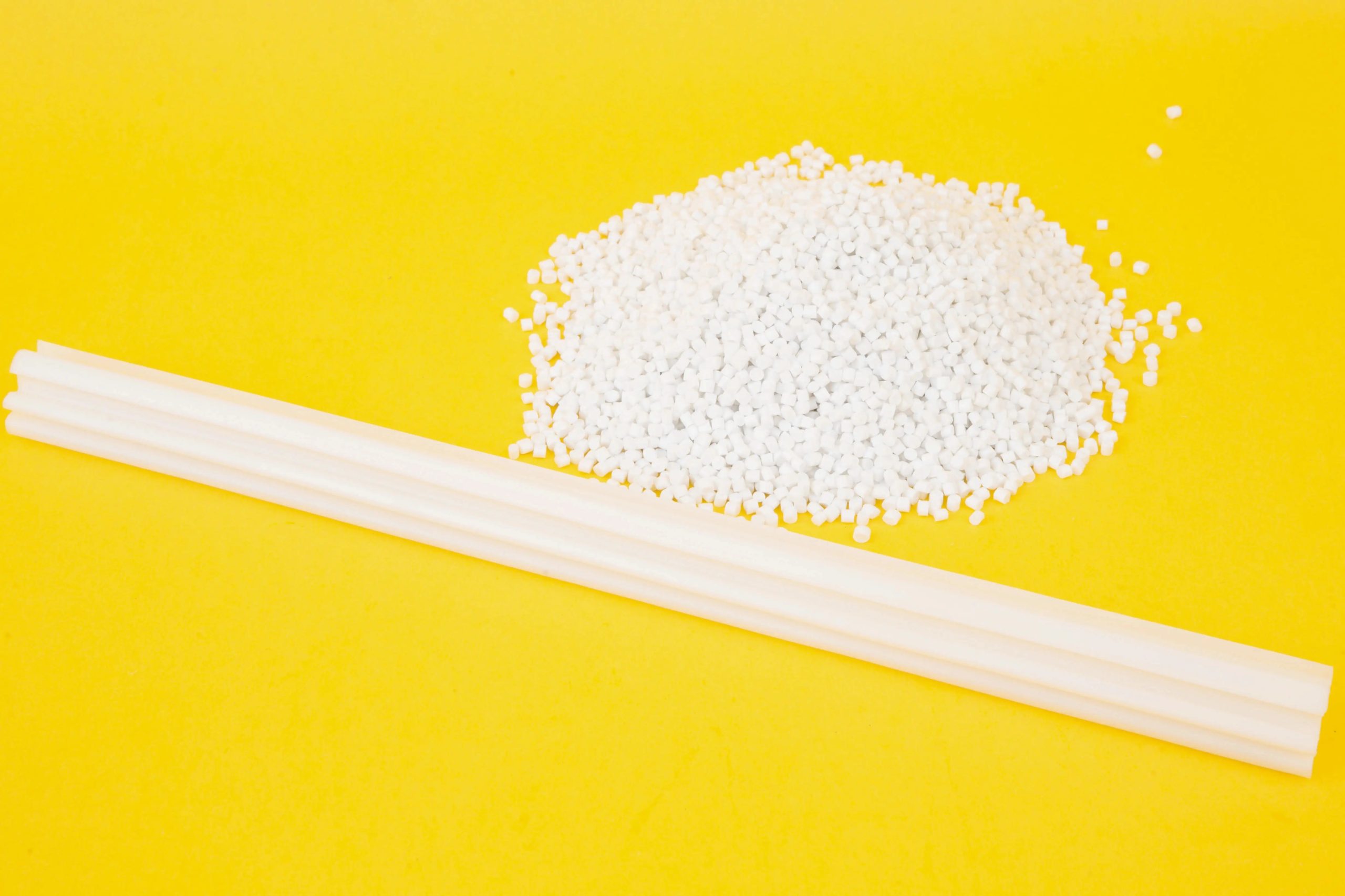
2. Processing Conditions
TPEs are processed at 180–250°C via injection molding, extrusion, or overmolding, which can degrade some whitening agents:
Heat Stability: Choose agents like OB-1 or rutile TiO2 that withstand high temperatures without breaking down.
Shear Sensitivity: High shear rates in molding can affect dispersion, especially for TiO2. Pre-compounded masterbatches improve uniformity.
Residence Time: Long residence times in the barrel can cause yellowing, requiring robust agents.
3. End-Use Requirements
The product’s application dictates the whitening agent’s properties:
UV Resistance: For outdoor TPEs (e.g., automotive seals), use rutile TiO2 or UV-stabilized FWAs to prevent yellowing.
Food/Medical Contact: Select FDA-compliant agents like Ti-Pure R-105 or CBS-X for medical devices or food-grade TPEs.
Flexibility: High TiO2 loadings can reduce elasticity, so balance opacity with mechanical properties.
Cost: TiO2 is cost-effective for opacity, while FWAs like OB-1 are pricier but enhance brightness.
4. Dosage and Dispersion
Typical Dosage: FWAs: 0.01–0.1% by weight; TiO2: 1–10% by weight, depending on opacity needs.
Dispersion: Poorly dispersed agents cause streaks or uneven whiteness. Use masterbatches or pre-compounded TPEs for consistent results.
Overloading: Excessive FWA can lead to blooming (surface migration), while too much TiO2 stiffens the TPE.
5. Environmental and Regulatory Compliance
Ensure the whitening agent meets REACH, RoHS, or FDA regulations, especially for medical or consumer goods.
Avoid heavy metal-based agents (e.g., some ZnS grades) in eco-sensitive applications.

Recommended Whitening Agent Models for TPE
Based on my experience and industry standards, here are the whitening agent models I recommend for TPE, along with their applications:
|
Whitening Agent |
Type |
Key Features |
TPE Applications |
|---|---|---|---|
|
OB-1 |
FWA |
High heat stability, bright whiteness |
SBCs, TPUs, TPVs for grips, seals |
|
Rutile TiO2 (e.g., Ti-Pure R-105) |
Pigment |
High opacity, UV resistance, FDA-compliant |
All TPEs for medical, outdoor parts |
|
CBS-X |
FWA |
Water-soluble, high brightness |
Extruded TPE profiles, medical tubing |
|
OB |
FWA |
Good whiteness, cost-effective |
Low-temperature TPEs like seals, mats |
These models are widely available from suppliers like BASF, Clariant, DuPont, and Kronos, but always verify compatibility with your TPE grade.
Application Methods for Whitening Agents in TPE
Getting the whitening agent into the TPE and achieving a uniform white finish requires careful processing. Here’s how I’ve done it in practice:
1. Masterbatch Addition
What It Is: A concentrated blend of whitening agent (e.g., OB-1 or TiO2) in a TPE or PP carrier, added to the base TPE during processing.
Benefits: Ensures even dispersion, reduces dust, and simplifies dosing (typically 1–5% by weight).
Example: A client used a TiO2 masterbatch for white TPE shoe soles, achieving consistent opacity without streaks.
2. Direct Compounding
What It Is: Mixing the whitening agent directly with TPE pellets in a compounding extruder before molding or extrusion.
Benefits: Allows custom formulations but requires precise control to avoid agglomeration.
Challenges: Poor dispersion can cause spots or uneven color. I’ve seen this with OB-1 when dosing wasn’t calibrated.
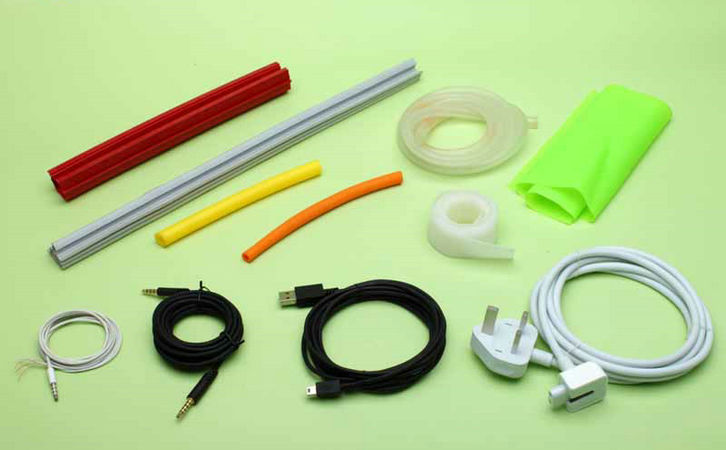
3. Pre-Compounded TPE
What It Is: Purchasing TPE pellets with the whitening agent already incorporated by the supplier.
Benefits: Simplifies processing, guarantees uniformity, ideal for small-scale production.
Example: A manufacturer of white TPE medical grips used pre-compounded TPU with TiO2, saving time and ensuring compliance.
4. Surface Coating (Less Common)
What It Is: Applying a white coating with whitening agents post-molding, often for cosmetic TPEs.
Challenges: Coatings can wear off or crack on flexible TPEs, so I rarely recommend this for functional parts.
Challenges of Using Whitening Agents in TPE
Even with the right whitening agent, there are hurdles to overcome:
Yellowing Over Time: FWAs can degrade under UV exposure, causing yellowing. Combining with UV stabilizers (e.g., HALS) helps.
Blooming: Excessive FWA can migrate to the surface, forming a powdery residue. Stick to recommended dosages (e.g., 0.05% for OB-1).
Reduced Flexibility: High TiO2 loadings stiffen TPE, affecting elasticity. Test mechanical properties at different loadings.
Processing Defects: Poor dispersion or overheating can cause streaks, burn marks, or discoloration. Optimize melt temperature and screw speed.
Cost: FWAs like CBS-X are expensive, and TiO2 adds cost at high loadings. Balance performance with budget.
I once consulted for a factory producing white TPE cable insulation. Their OB-1 dosage was too high, causing blooming after a month. Reducing the dosage and adding a UV stabilizer fixed the issue.
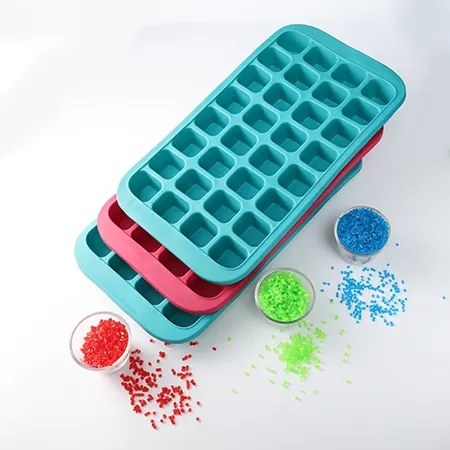
Practical Tips for Success
Here are my top tips for using whitening agents in TPE, based on years of trial and error:
Test Compatibility: Request samples from your supplier and test the whitening agent with your TPE grade to confirm whiteness, dispersion, and durability.
Start with Low Dosages: Use 0.01–0.05% for FWAs and 1–5% for TiO2, adjusting based on results to avoid blooming or stiffness.
Use Masterbatches: They simplify dosing and ensure uniform color, especially for TiO2 or OB-1.
Control Processing: Keep melt temperatures within the TPE’s range (e.g., 180–220°C), and use low shear screws to prevent degradation.
Add UV Stabilizers: Combine FWAs or TiO2 with HALS or UV absorbers for outdoor or UV-exposed TPEs to prevent yellowing.
Verify Compliance: Ensure the whitening agent meets FDA, REACH, or RoHS standards for your application, especially for medical or food-contact TPEs.
Monitor Long-Term Performance: Conduct accelerated aging tests (e.g., UV, heat, humidity) to ensure the whiteness lasts throughout the product’s life.
Real-World Examples of Whitening Agents in TPE
I’ve helped clients across industries achieve bright white TPE products. Here are two cases:
Medical Device Handles: A manufacturer used TPU for white ergonomic handles but faced yellowing after sterilization. We switched to OB-1 (0.03%) combined with rutile TiO2 (3%) and a UV stabilizer, achieving a durable, FDA-compliant white finish that withstood repeated autoclaving.
Consumer Electronics Grips: A company producing SBC-based grips for white earbuds had uneven whiteness due to poor TiO2 dispersion. Using a Ti-Pure R-105 masterbatch (5%) and optimizing screw speed resulted in a smooth, opaque finish with no streaks.
These examples show that the right whitening agent and process can deliver stunning results, but it often requires testing and tweaking.

The Bigger Picture: Why Whitening Agents Matter
Choosing the right whitening agent for TPE isn’t just about aesthetics—it’s about product quality, brand perception, and market competitiveness. A bright, consistent white can elevate a TPE product, making it stand out in industries where appearance is critical, like medical, consumer electronics, or sporting goods. Conversely, poor whitening—whether due to yellowing, streaks, or blooming—can lead to rejections, returns, or lost customers.
I’ve seen how the right whitening strategy can transform a project. A client making white TPE watch bands went from a dull, yellowish product to a premium-looking accessory after adopting OB-1 and TiO2, boosting sales significantly. It’s a reminder that small details, like color, drive big outcomes.
Future Trends in TPE Whitening
The industry is advancing to make TPE whitening more effective and sustainable:
Eco-Friendly FWAs: Suppliers are developing bio-based or heavy metal-free whitening agents to meet environmental regulations.
High-Performance TiO2: New nano-TiO2 grades offer higher opacity at lower loadings, preserving TPE flexibility.
Smart Compounding: AI-driven compounding optimizes whitening agent dispersion, reducing defects and waste.
UV-Resistant Formulations: Next-gen FWAs with built-in UV stability are minimizing yellowing in outdoor TPEs.
I recently spoke with a supplier working on self-regulating whitening agents that adjust brightness based on light exposure, which could revolutionize TPE aesthetics. These innovations are exciting and promise to simplify whitening challenges.

Final Thoughts
Selecting the right whitening agent for TPE elastomer materials involves choosing models like OB-1, rutile TiO2, or CBS-X, tailored to your TPE type, processing conditions, and end-use requirements. By prioritizing compatibility, dosage control, dispersion, and environmental compliance, you can achieve a bright, durable white finish that enhances your product’s appeal and performance.
From my years in the industry, I’ve learned that success with TPE whitening comes down to testing, collaboration, and attention to detail. Whether you’re crafting medical tubing, consumer grips, or automotive seals, work closely with your material and additive suppliers, invest in trials, and optimize your process to avoid issues like yellowing or blooming. With the right whitening agent and strategy, you’ll create TPE products that shine—literally and figuratively—in any market.
Related Questions and Answers
Q: Can I use the same whitening agent for all TPE types?
A: No, SBCs, TPUs, and TPVs have different chemical structures, requiring specific agents. OB-1 works well for most, but TPVs may need PP-compatible agents like TiO2.
Q: How do I prevent yellowing in white TPE products?
A: Combine FWAs (e.g., OB-1) with UV stabilizers (e.g., HALS) and use rutile TiO2 for UV resistance. Conduct accelerated aging tests to verify performance.
Q: What’s the cost impact of using whitening agents in TPE?
A: FWAs like OB-1 cost $20–50/kg, while TiO2 is $2–5/kg. At typical dosages (0.05% for FWAs, 5% for TiO2), they add $0.10–$0.50/kg to material costs.
Q: Can I achieve whiteness without FWAs in TPE?
A: Yes, rutile TiO2 provides opacity and whiteness, but FWAs like OB-1 enhance brightness for a cleaner look. Combining both is often the best approach.





